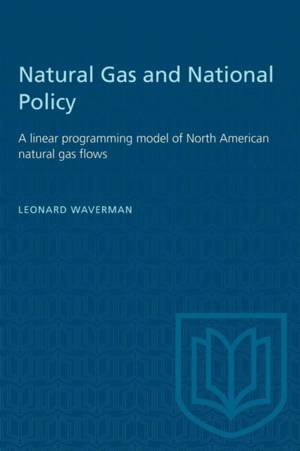
- Afhalen na 1 uur in een winkel met voorraad
- Gratis thuislevering in België vanaf € 30
- Ruim aanbod met 7 miljoen producten
- Afhalen na 1 uur in een winkel met voorraad
- Gratis thuislevering in België vanaf € 30
- Ruim aanbod met 7 miljoen producten
Natural Gas and National Policy
A Linear Programming Model of North American Natural Gas Flows
Leonard WavermanOmschrijving
In an attempt to maintain self-sufficiency, both Canadian and American federal authorities have imposed a number of restrictions on the inter-country flows of natural gas in North America -- tariffs, export and import permits, and quotas. The purpose of this study is to estimate how much less final consumers would pay for natural gas if free trade were allowed. A linear programming model is used to estimate a hypothetical flow pattern when no restrictions are placed on trans-border flows of gas. In comparing this free trade solution to a simulation of the actual flow pattern under trade restrictions, the costs to final consumers can be estimated. In addition, the regional gains and losses to producers can be measured. A chapter is devoted to investigating both the balance of payments effects of free trade adn the impact of the Canadian tariff on natural gas which existed from 1924 to 1967. A technique is devised to estimate the tariff necessary to prevent entry into the domestic market by foreign suppliers. The book should be of great interest to teachers of programming, economists, people in government, and individuals concerned about the effects of a continental energy policy.
Specificaties
Betrokkenen
- Auteur(s):
- Uitgeverij:
Inhoud
- Aantal bladzijden:
- 136
- Taal:
- Engels
- Reeks:
Eigenschappen
- Productcode (EAN):
- 9781487572990
- Verschijningsdatum:
- 15/12/1973
- Uitvoering:
- Paperback
- Formaat:
- Trade paperback (VS)
- Afmetingen:
- 156 mm x 234 mm
- Gewicht:
- 222 g

Alleen bij Standaard Boekhandel
Beoordelingen
We publiceren alleen reviews die voldoen aan de voorwaarden voor reviews. Bekijk onze voorwaarden voor reviews.











